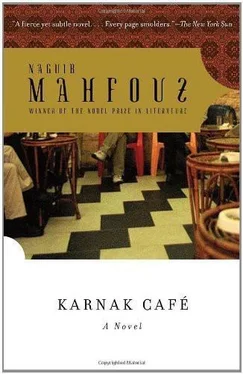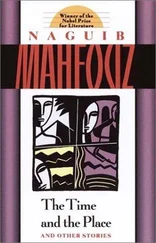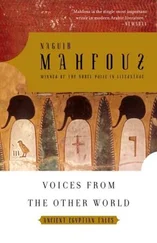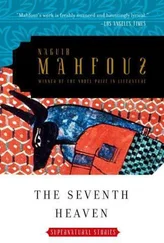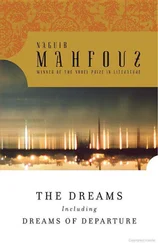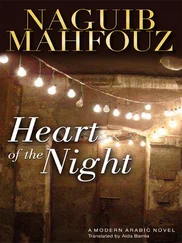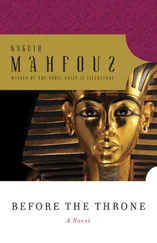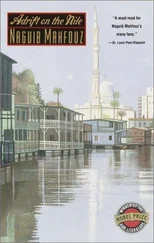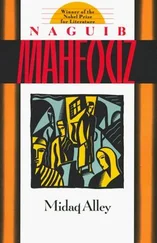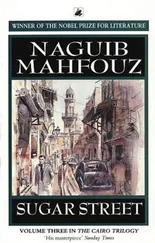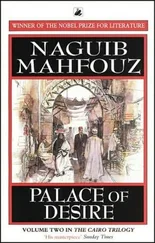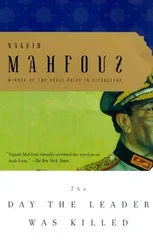A rapid survey of the printed editions of Mahfouz’s other novels is sufficient to demonstrate that the author rarely indicates the date of completion in this fashion.
It would appear then that whenever Mahfouz decides to identify dates of composition and completion with such specificity, he has a point to make. So what precisely is that point with reference to Karnak Café ? The attempt to answer that question takes us conveniently into a discussion of the political context into which it was inserted.
To state that the atmosphere in Egypt in the period after the total defeat in the June War of 1967 was fraught is to indulge in a massive understatement. It was not merely the scale of the defeat and the loss of land that had such an impact on people, but equally, if not more important, the fact that the entire authority structure of the Arab world had been caught red-handed in the act of systematically lying for the entire six-day course of the conflict. In the flash of an eye, triumphal forward marches and victories in the air were turned into abject fiascos. What could be the response, not merely to such a total disaster and loss of precious sons in the Sinai Peninsula, but also to such arrant and deliberate deception? Where now was that national pride engendered by the forward progress of the Egyptian Revolution of 1952? Was it now a case of having to go all the way back to the drawing board? What kind of government could and should now take over the reins of power? What was to be the role and place of the individual? And what was the role of the intellectual, and, more specifically, the novelist?
The post-1967 era was then one of profound dismay, of reflection, of recrimination, of “looking back in anger.” The narrator of Karnak Café uses a very vivid image to describe the impact of the event: that of a hammer blow crushing the skull. The consequences were, it almost goes without saying, a mixture of utter despair and barely suppressed anger. Intellectuals responded in different ways. Many writers recorded, either at the time or later, that they felt powerless and totally unable to write anything. Naguib Mahfouz, however, was different. He immediately started writing a whole series of short stories, many of which appeared in his 1969 collection, Tahta al-mizallah (some of which are translated in the collection God’s World [1973]). I mentioned above that Mahfouz pointedly adds a completion date to the text of Karnak Café , and it is equally important to note that he inserts in the front material of this short-story collection that they were all composed between October and December 1967; the reference to the aftermath of June 1967 could hardly be clearer. Many of those stories paint a disturbing picture of a world in which no one understands what is happening and, equally important, no one appears to be either in charge or accepting any kind of responsibility. Other stories like these continued to appear in the Egyptian press in 1968 and 1969, and were later published in the collections, Hikaya bi-la bidaya wa-la nihaya , and Shahr al-‘asal (both 1971).
This fraught period in the aftermath of the June 1967 disaster (known in Arabic as al-naksa [the setback]) initially saw the resignation of President Gamal ‘Abd al-Nasir, the unchallenged figurehead of the Arab world, and then his restitution in the wake of enormous public outpourings demanding that he remain in his post. The toll on his health in the subsequent period was clearly enormous, and he died of a heart attack in 1970 after saying farewell to the Arab leaders who had gathered in Cairo in a vain attempt to formulate a common policy in the face of the crushing new realities. His successor was his longtime vice-president, Anwar (later Muhammad Anwar) Sadat.
I myself can vividly recall the atmosphere in Cairo in the days and months immediately following Sadat’s assumption of the presidency of Egypt. The widespread debate on the causes and effects of the June War was still in full swing. To that was now added concern about the new regime and the way in which it would use, and/or react to, the different social, political, and religious elements within the society. One major characteristic of this new era was the encouragement of a disarming level of frankness in describing the ‘Abd al-Nasir era, and most particularly the 1960s — they being the prelude to the June 1967 defeat. Naguib Mahfouz himself had been a vigorous participant in discussions concerning the course of the Egyptian revolution since 1952. This was seen most especially in the series of novels that he penned in the 1960s, beginning with al-Liss wa-l-kilab (1961; The Thief and the Dogs ), via the extremely pessimistic vision of Tharthara fawq al-Nil (1966; Adrift on the Nile ), to the most negative of them all, Miramar (1967; Miramar ). What is particularly important to note about these dates and retrospectives refers back to the point I made at the beginning of this short commentary. The December 1971 date makes it clear that this novel belongs firmly to this particular period — the post-1967 period — and debates concerning the course of the revolution and the causes of the defeat to be found within them. This novel is, in a real sense, a continuation of the succession of novels I have just mentioned, those of the 1960s. What is frustrating in this context is that Naguib Mahfouz has left us no reliable record of the sequence of composition of his various works at this period; indeed it appears that there is in effect no ‘archive’ of Mahfouz manuscripts, since he seems to have deposited most of them with his publisher for printing and not reclaimed the originals — except perhaps in the single case of Miramar , of which a manuscript copy appears to exist. That said, we are still left with some clues. I have already drawn attention above to the series of short stories that he wrote in the wake of the June 1967 War, and which, by 1971, had appeared in three book collections. I happened to be in Cairo in the summer of that year and received a telephone call from Mahfouz in which he told me to look out for a new work of his which he was calling al-Maraya (Mirrors); it would, he told me, be a series of vignettes of Egyptian characters, for each of which his friend and colleague, the Alexandrian artist Sayf Wanli, had painted a portrait. Because of the need to publish these portraits in color, Mahfouz had decided to give the initial publication rights for this new work to the television journal al-Idha‘a . The publication of the series started on May 1, 1971, and continued weekly until the end of September. The book version of al-Maraya appeared in 1972 (and the only fully illustrated version of it, along with my English translation, was published by the American University in Cairo Press in 1999). We might therefore suggest that, if Mahfouz had not already started work on Karnak Café while penning the episodes of al-Maraya , then he started the former work very soon afterwards and finished it quickly. What we can surely say — and what a reading of both works readily confirms — is that they both belong to the same period, one involving a retrospective on the period in Egyptian history before and during the ‘setback’ of June 1967.
All this is of direct relevance to Karnak Café , since, unlike the vast majority of his other works, it seems not to have been published in book form within a year, but only appeared in 1974. While I have no documentary proof of what happened to the manuscript in the interim, I would suggest that it is highly likely, bearing in mind the political situation in the early years of the Sadat era, that it was retained either by the author or publisher until the political scenario was somewhat less murky and the serial score-settling of the early 1970s was coming to a close. I have heard it suggested that the version of the novel that appeared in print in 1974 is somewhat shorter than the original text (was there originally, one wonders, a further section in which the narrator interviews Hilmi Hamada, the young Communist, he being the only one of the young trio of habitués at the Karnak Café not to have a section devoted to his opinions and reactions?). As it stands it is in fact one of his shorter novels, but we are unable to say whether that is by design of the author or due to the dictates of censorship or purported judicious omission (and I have been told that the same situation applies to one of the works published before al-Karnak but almost certainly written after it, namely al-Hubb tahta al-matar [ Love in the Rain; 1973]).
Читать дальше
